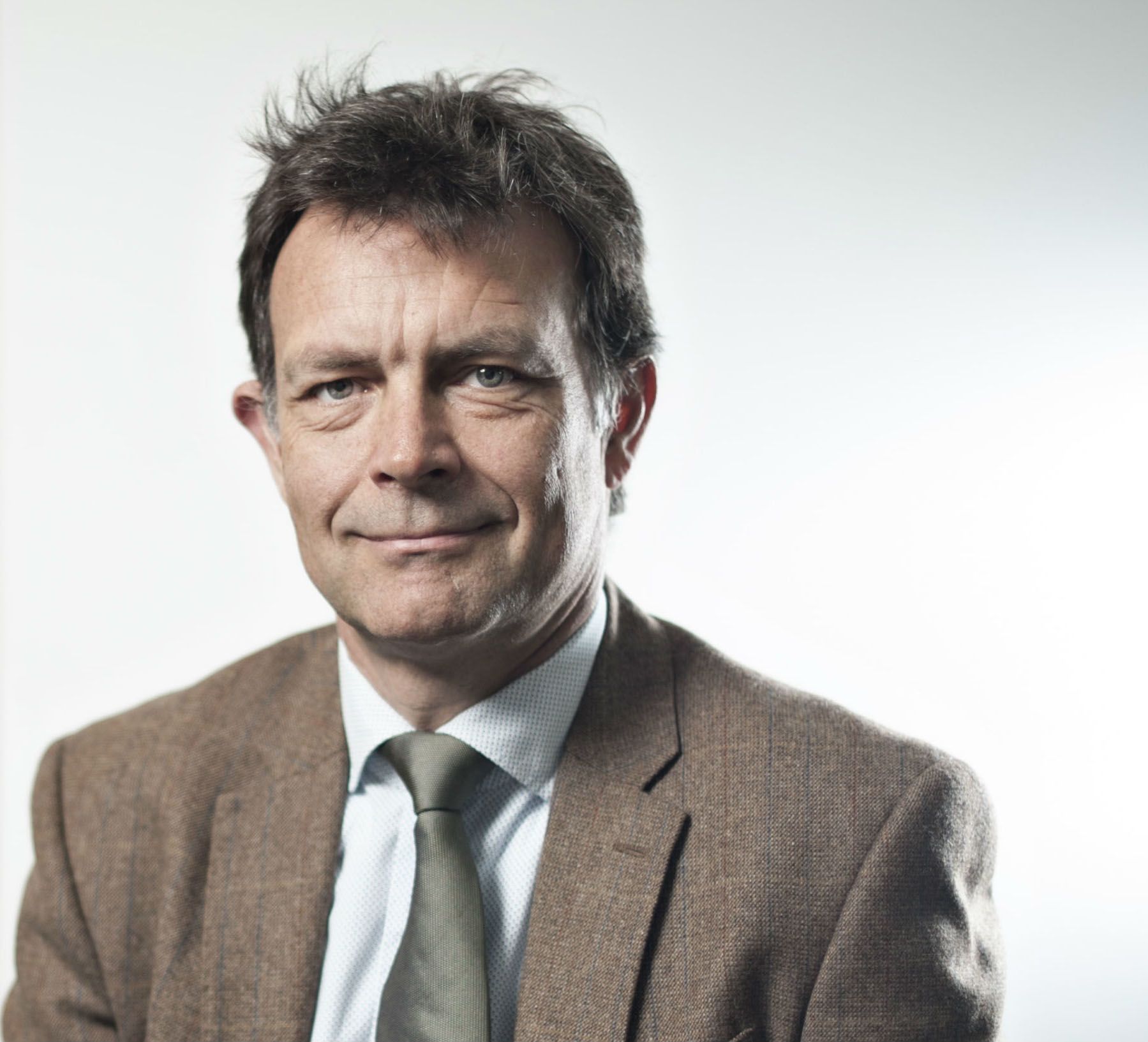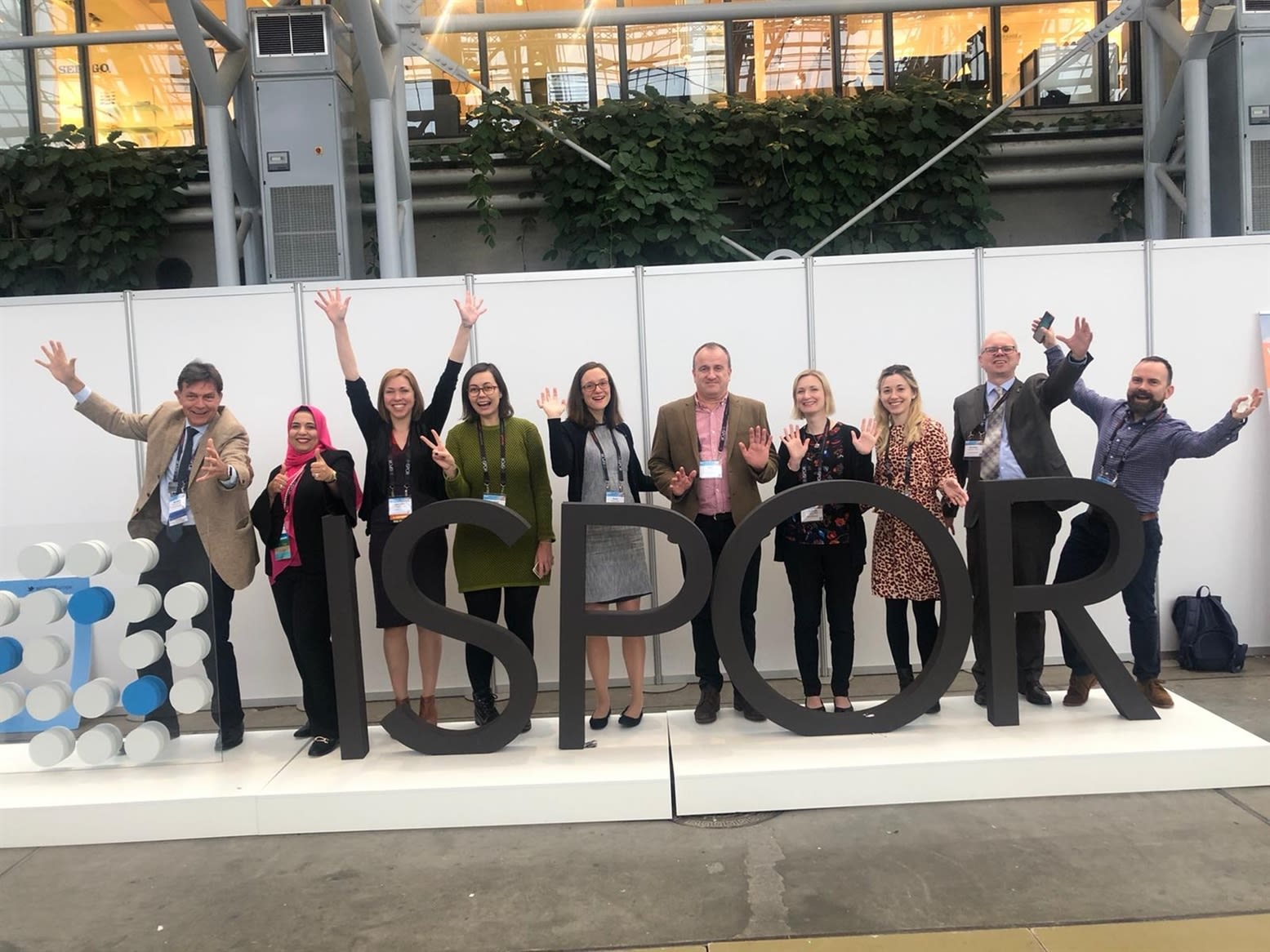Meindert Boysen
Centre for Health Technology Evaluation
"A new strategy binds all of us working for NICE, irrespective of team, programme, centre or directorate."

What does your role involve? Help staff to understand a bit more about what you do day-to-day.

Meindert Boysen, director of the Centre for Health Technology Evaluation
As the director for the Centre for Health Technology Evaluation, I’m leading a team of 4 very capable and experienced programme directors in developing guidance and advice for drugs, devices, diagnostics and digital technologies.
We have many customers for our work, who all want a slice of my time, via email, meetings or calls. A very diverse crowd that includes colleagues from the Department of Health and Social Care, the Office for Life Sciences, NHS England and NHS Improvement, the pharmaceutical and medtech industries, MPs, our own board, and friends from other health technology assessment (HTA) agencies across the world. We look after NICE International as well.
My job is to make sure the team can keep the show on the road. To support change where it can be made, to empower staff to do what’s right for them and the work we do, and to make sure our customers experience the best journey through NICE that we can provide.
One of our committee chairs described his job as a conductor leading an orchestra. That’s not far off from describing how I experience my role!
What does your centre do? Give us an elevator pitch.
The core purpose of the Centre for Health Technology Evaluation is to support the NHS in the use of technologies and procedures to achieve the best outcomes for patients within the resources available.
What makes you proud to lead your centre?
Without a doubt, the people working in our centre. Their commitment, drive and resilience, especially in these difficult times. This is a people's business − from staff to committees, patients to industry. All with their own expectations, ways of working, doubts and questions. Diverse and dedicated. That’s what makes our work so interesting and rewarding. We’re making real differences to real people’s lives. Not just those that benefit directly from our guidance, advice or service, but also those that work in the life sciences sector, academia and the NHS as a whole.
Above all, I’m proud of the support people are providing to each other, at times of massive change and increasing demand for our work. Having gone from almost fully office-based to completely virtual in a matter of weeks is astonishing. Not to forget the creativity and tenacity with which the team developed solutions for COVID-19 that go well beyond what might have been expected of them.

Meindert Boysen, director of the Centre for Health Technology Evaluation
Meindert Boysen, director of the Centre for Health Technology Evaluation
Why do you think it’s important that NICE has a new strategy right now?
After 20 years of magnificent achievements, when the world has changed beyond recognition, and with a new chief executive and chairman at the helm, it is absolutely the right time to articulate our vision and ambition for the next 5 years.
A new strategy binds all of us working for NICE, irrespective of team, programme, centre or directorate. All aspects of the strategy matter to each and every one of us in some way.
The strategy makes it very clear to the outside world what we are about. It allows us to articulate and share our vision, ambition, and the priorities we will be working on. For patients, the health and social care sectors, and the life sciences, it allows those that work with us to feel confident that we have their interests in mind. And it should inspire confidence in us as one of the key enablers of change in an ever-changing world.
At a macro level, our strategy should inspire investment in research and development of new technologies, knowing that the path to patient access is clear and predictable. Finally, the strategy allows us to plan for a multi-year contribution, as well as feeding directly into the business and centre plans for next year, giving a clear sense of direction for staff and those that work with us.
How will the strategy improve the way your centre works?
There’s so much in there, so many ways our work will change, that it’s difficult to know where to start. Having said that, I expect that for staff, and those that work closely with us, the enabling strategies will be of greatest influence on the way we work.
Without a new approach to how we work, we will not be able to easily change what we do. Being dynamic, collaborative and excellent will be more intensive. Which is why investing in a new digital workplace is going to be so enormously important to allow us to succeed. As is the focus on the use of data to support our work – with automation, machine learning and artificial intelligence driving more efficient ways of working.
Behind what we say in pillar 1 (rapid, robust and responsive technology evaluation) lies a real desire to move to what I have been describing as ‘health technology management’. Identifying the right technologies early, collaborating with key partners, industry and patients on pulling them through regulatory and access, and smoothing the path as we go. This is very much in the spirit of the Innovative Licensing and Access Pathway (ILAP) that we've developed for drugs (and are thinking about developing for devices, diagnostics and digital technologies). This must result in improvements in the way we work. But it will take some time to materialise.


Meindert in a group photo taken at the ISPOR Europe 2019 conference
Meindert in a group photo taken at the ISPOR Europe 2019 conference
Looking at the strategy content, what will be the top 3 priorities that your centre will support with?
- Develop robust and responsive methods and processes for the rapid evaluation of new and emerging technologies. Think about genomics, cell and gene therapies, and combinations of drugs, devices, diagnostics and digital. What else can we do to support the evaluation journey for these technologies through NICE? This will address rapid pace of innovation in health technologies and will allow us to tap into the digital, data and real-world evidence revolution.
- Helping companies to better understand and engage early in our process by launching a dedicated resource for the life sciences sector on the NICE website. Drawing on the success of the Office for Market Access and NICE Scientific Advice in helping companies navigate the complex life sciences ecosystem, this dedicated resource will allow us to position all of our health technology evaluation work as an attractive package for companies and other interested parties to use or buy.
- Increased access to promising and valuable new technologies by managing uncertainty in the evidence-base through data collection, evaluation and inclusion in managed access funds. Drawing on the success of the cancer drugs fund, and the excellent work on managed access arrangements for ultra-rare diseases, this work will allow us to cement our role in supporting early access for conditions and technologies that are priorities for the NHS and patients.
How will you measure the success of the strategy within your centre?

Meindert in a group photo taken at the ISPOR Europe 2019 conference
Central to the strategy is NICE as a brand. Our global reputation for rapid, robust and responsive technology evaluation is one of the key drivers for the success of the brand. Measuring success must therefore begin with that aspect of the strategy. Do we continue to see life sciences companies being interested in NICE and its work? And can we increase satisfaction with our technology evaluation service because of the different things we will be doing?
At a macro level, this should support positioning the UK as the global destination for the life sciences industry. We should also see an increase in the proportion of evaluations undertaken for devices, diagnostics and digital technologies, with expanded opportunities for managed access for these technologies, and where possible, reductions in time taken to progress through key stages.
And last, but definitely not least, success will have to be about a modern and inclusive workforce, engaged and empowered to deliver on new ways of working, supported by an exciting digital workplace.
Enjoy this article?
Get in touch and let us know.